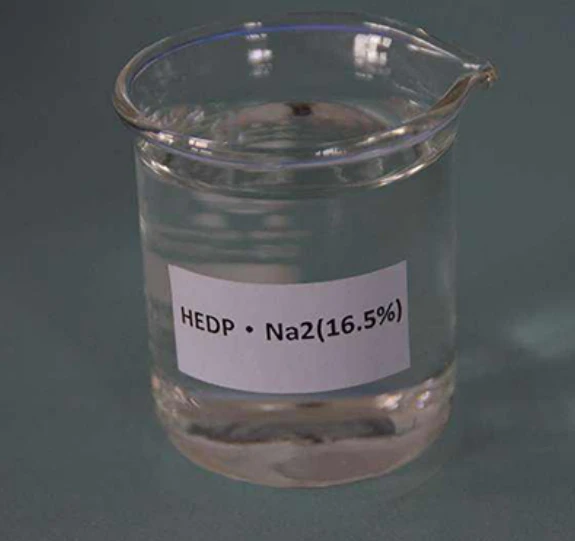chemical coagulation and flocculation water treatment
Chemical Coagulation and Flocculation in Water Treatment
Water treatment is a critical process that ensures the availability of clean and safe drinking water. Among the various methods employed in this process, chemical coagulation and flocculation stand out as fundamental techniques used to remove suspended solids and contaminants from water sources. This article explores the principles, processes, and significance of chemical coagulation and flocculation in effective water treatment.
Principles of Coagulation and Flocculation
Coagulation and flocculation are sequential processes. Coagulation is the first step, wherein chemicals known as coagulants are added to water to destabilize colloidal particles. Colloids are tiny particles that remain suspended in water and can include silt, clay, and microorganisms. When added to water, coagulants such as aluminum sulfate (alum), ferric chloride, or polyaluminum chloride neutralize the negative charges on the colloidal particles, causing them to aggregate or clump together.
Flocculation follows coagulation. During this stage, gentle stirring or mixing of the water causes the coagulated particles to form larger aggregates called flocs. This process often involves the addition of flocculants, which are substances that enhance the formation of flocs by bridging the gaps between the smaller aggregated particles. The size and density of these flocs are crucial for their subsequent removal from the water.
The Coagulation and Flocculation Process
The coagulation and flocculation process can be broken down into several key stages
1. Chemical Addition Coagulants are added to raw water in a rapid mixing tank. The rapid mixing ensures thorough dispersion of the chemicals throughout the water.
2. Coagulation After the initial mixing, the water is subjected to slower stirring to promote the interaction between coagulants and suspended particles. The destabilization of particles occurs, leading to their aggregation.
chemical coagulation and flocculation water treatment

3. Flocculation As flocs begin to form, the water is mixed more gently to encourage further growth of the floc particles. This stage is critical for producing large, heavy flocs that can be effectively removed through sedimentation or filtration.
4. Sedimentation After flocculation, the water moves to a sedimentation basin, where the larger flocs settle to the bottom due to gravity, forming a sludge layer. This sludge can be removed for further treatment or disposal.
5. Filtration The clarified water, now free of most suspended solids, is further treated through filtration to remove any remaining particles, followed by disinfection to eliminate pathogens.
Significance and Applications
Chemical coagulation and flocculation are particularly valuable in treating surface waters that contain high levels of suspended solids or turbidity, such as rivers and lakes. They are crucial in removing not only physical impurities but also dissolved organic materials that can lead to taste and odor issues in drinking water.
These processes are widely applied in municipal water treatment plants, industrial effluent treatment, and even in the processing of wastewater to meet environmental standards. Furthermore, with the rising concerns over water quality and safety, the importance of effective coagulation and flocculation processes has only intensified.
Conclusion
In summary, chemical coagulation and flocculation are vital components of modern water treatment systems. By effectively reducing particles and contaminants in water sources, these processes play a significant role in ensuring that clean, safe water is accessible. As water scarcity and pollution challenges grow globally, enhancing and optimizing coagulation and flocculation techniques will be critical for the future of water treatment.
-
Water Treatment with Flocculant Water TreatmentNewsJun.12,2025
-
Polymaleic AnhydrideNewsJun.12,2025
-
Polyaspartic AcidNewsJun.12,2025
-
Enhance Industrial Processes with IsothiazolinonesNewsJun.12,2025
-
Enhance Industrial Processes with PBTCA SolutionsNewsJun.12,2025
-
Dodecyldimethylbenzylammonium Chloride SolutionsNewsJun.12,2025





